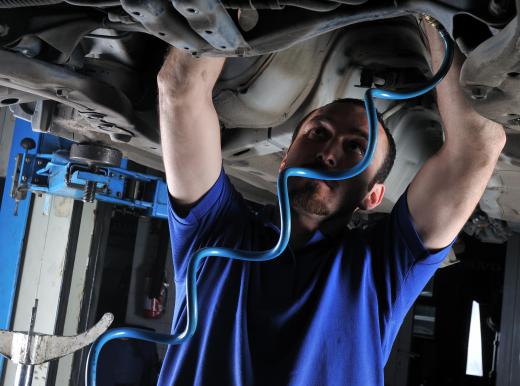An air compressor motor provides power to the compressor head. In turn, the compressor head compresses and forces quantities of air either into the storage tank or directly through an airline. Essentially, the compressor motor is like the heart of an air compressor. An air compressor without a motor is like a car without an engine. Although there are numerous types of air compressors on the market, the majority of compressors still have three basic components: the motor, the head, and the storage tank.
The most obvious part of any compressor is the storage tank. Compressed air stored in this tank provides a continuous supply of constant pressure. Not all compressors utilize a storage tank, however, as some smaller or portable compressors deliver the compressed air directly through airlines. With or without a tank, an air compressor still has two crucial components that are essential to the operation. These integral parts are the compressor motor and the compressor head.

Compressor heads are generally configured in several different ways, but they all ultimately perform the same task. This part of the compressor is responsible for taking a certain amount of air, depending on the machine's size, and compressing it into a smaller space, which is normally the storage tank. A compressor head, however, cannot function without the aid of the compressor motor. All air compressors have some type of motor, which converts electrical energy into kinetic energy, meaning it provides power to the compressor head. Without some type of motor powering the compressor head, the machine would not be able to function.
Using an air compressor can be as easy as flipping a switch. Supplying power to an electric compressor motor initiates the chain of events. Usually connected to the compressor head via belts and pulleys, an air compressor motor can provide the pressurized air needed to power pneumatic tools, inflate tires, or simply blow dust and debris from a workbench.
As it is an integral part of the machine, if broken, the air compressor motor can result in a non-functioning compressor. Fixing a compressor motor may require advanced skills in electronics, simply because the electric motor is rather complex. Fortunately, the majority of air compressors come with some type of warranty. Contacting the manufacturer can help determine if repairing or replacing the compressor motor is the best option, since there are numerous specifications to consider when searching for a replacement motor.
